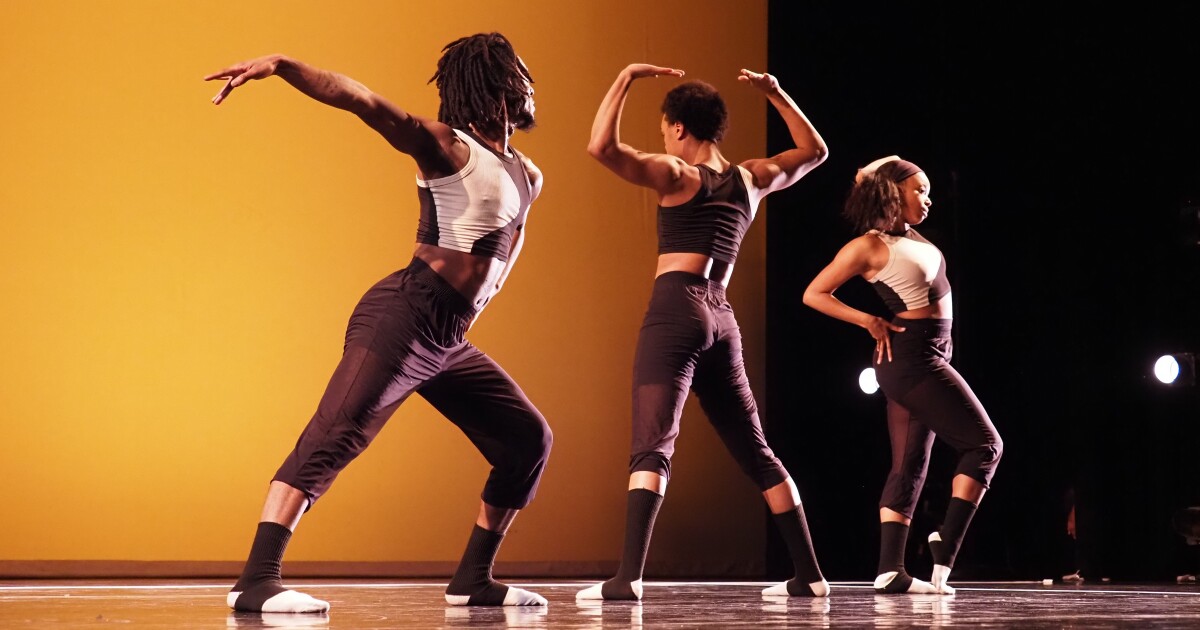In 2018, the Greater Pittsburgh Arts Council report “Racial Equity and Arts Funding in Greater Pittsburgh” sparked discussion in the local arts community when it quantified something many observers had long suspected: Arts funding in the region was not distributed equitably among racial groups.
Five years later — following a global pandemic and the so-called “national reckoning” over race brought on by months of Black Live Matter protests — GPAC has issued a followup report, “A Second Look: Racial Equity and Arts Funding in Greater Pittsburgh.” And the news, said the group, is not much better.
For the new report, GPAC analyzed more than 11,000 grants made to about 500 local organizations from 2018 to 2023. The more than $500 million in total funding came from nearly 200 organizations.
In the 2018 report, GPAC found that 14% of total arts funding from local sources benefited groups led by or primarily serving people of color. (GPAC uses the term “people of the Global Majority.”) In the period from 2018 to 2023, that figure rose to just 16%, according to the new report.
The vast majority of the funding was awarded in Allegheny County, where about 21% of arts groups are led by or serve primarily people of color, and where 23% of the population is nonwhite.
“The distribution of grant funding for arts and culture in Southwest Pennsylvania is still not racially equitable when you look at both the presence of global-majority organizations in the region, and when you look at the demographics of Allegheny County,” said Morgan Kasprowicz, GPAC’s director of research and cultural policy.
“We are here in Pittsburgh talking about becoming an equitable city, a livable city, a place where the arts thrive, but this report is not telling me that,” said GPAC board member Veronica Morgan-Lee.
The report, funded in part by the National Endowment for the Arts and the Hillman Foundation, looked only at grants from institutional funders (including GPAC itself), not individuals, and did not include grants to individual artists. Kasprowicz said grants to individuals were not included because there was insufficient demographic data available about recipients.
When funding from all sources, including those outside the region, were included, the equity figures were slightly better, with 18% of total funding going to groups of color. (The 2018 report, which looked at grants made from 2003 through 2017, did not include national funders.)
Also notable: The proportion of total funding for groups of color, which was 17.8% in 2020, jumped to 26.2% in 2021, following the nationwide protests that erupted following the murder of George Floyd by police in Minneapolis. But the figure dropped to 19.8% in 2022, and to 18% in 2023, according to GPAC.
The report also noted a disparity between the proportions of equitable funding coming from private sources, mostly foundations, and that from public funders.
Private foundations, the report found, gave 20% of their grant money during the five-year period to groups of color here, while public funders gave just 7%. (While the report did not name individual funders, tax-supported entities that fund Pittsburgh-area arts groups include the Pennsylvania Council for the Arts and the Allegheny Regional Asset District.)
Public funding constitutes a much smaller slice of the arts-funding pie than do private dollars. Kasprowicz also noted those private-giving numbers included national programs created during that time specifically to address racial inequities, including the Pittsburgh incarnation of the Ford Foundation-led Cultural Treasures Initiative and philanthropist MacKenzie Scott’s $2 million gift to the Advancing Black Arts in Pittsburgh program, both in 2021.
The report also analyzed the leadership and practices of funding organizations. GPAC concluded that funders that had more people of color in leadership positions or reviewing grant applications tended to distribute funds more equitably.
For instance, groups that either “continued to distribute more than 23% of their funding to Global Majority organizations or made measurable progress toward this benchmark over time” were more likely to have a majority of senior leadership, staff and board members that consisted of 51% or more people of color.
They were also more likely to offer racial equity training for board members and to present final funding decisions to review panels with a majority of people of color.
Groups with better track records in racially equitable funding were also more likely to reach out to underserved communities to build awareness of grant opportunities and to offer racial-equity training for staff members, the report said.

